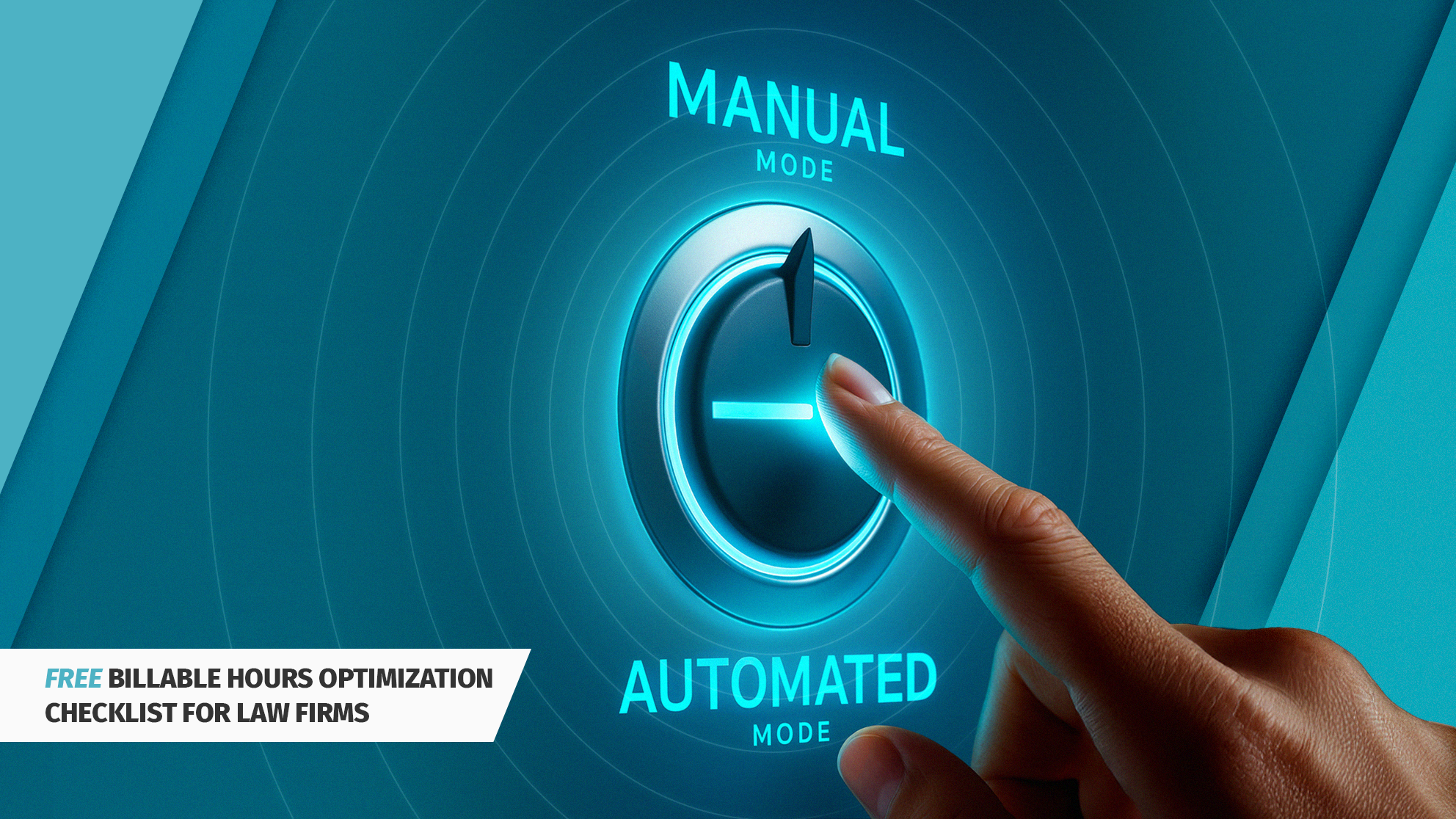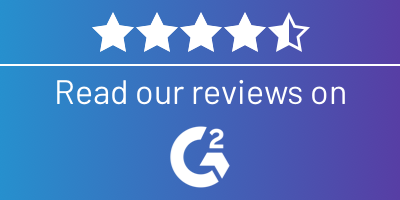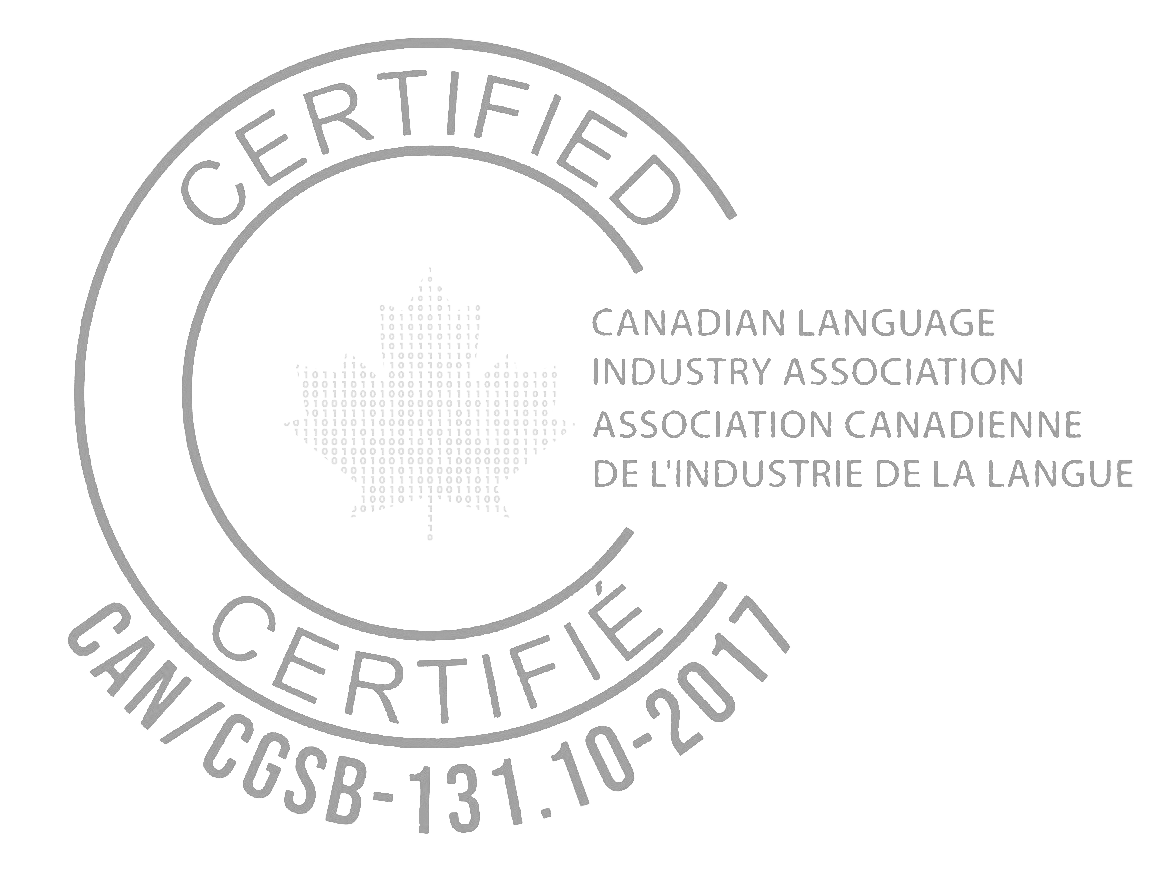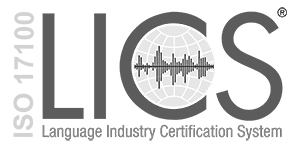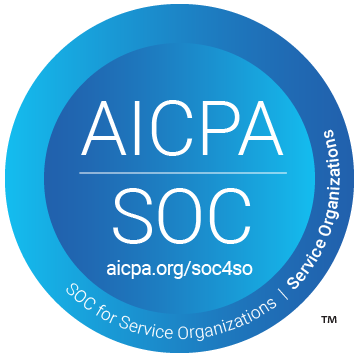Is your firm still losing time to manual translation processes?
As cross-border matters and multilingual filings increase, many legal firms are still relying on piecemeal assignments rushed off to freelance translation vendors, ad hoc internal processes that pull bilingual staff away from their daily work, and time-consuming manual reviews that often take days to weeks.
These manual methods, while tried and tested, are ultimately putting firms at risk of higher costs, missed deadlines, and unrecovered billable time. For example, research from the McKinsey Global Institute found that professionals spend up to 28% of their workweek on email and administrative coordination rather than high-value tasks (McKinsey, 2012)
Forward-thinking legal operations leaders recognise that automating these redundant processes is the solution. However, getting the buy-in from your firm requires numbers, outcomes, and a plan.
This article offers a practical framework to help you articulate the ROI of automating legal translation workflows. You’ll learn how A.I. can save you time, money, and billable hours.
The Cost of Yesterday’s Solutions
“Having a clear A.I. strategy is the strongest lever for success” — Steve Hasker, Thomson Reuters President and CEO (Hasker, 2024)
It’s understandable to be apprehensive about automating processes that have always been handled manually. But you can’t solve 2025’s problems with yesterday’s solutions.
Consider the impact of administrative inefficiencies on billable time. According to the Thomson Reuters’ Future of Professionals Report (2024), adopting an A.I. solution could save lawyers in the U.S. around $100,000 in new billable time per lawyer each year (Thomson Reuters, 2024).
Right now, much of the time spent coordinating, reviewing, and revising translated documents is non-billable and unrecoverable. Missed filing deadlines, especially in multilingual jurisdictions, also introduce reputational and regulatory risk.
Get Started Building Your Case Today With Our Free Checklist
The Financial ROI of Legal Translation Automation
When implemented correctly, legal translation automation helps save billable hours, reduce write-downs, and drive profitability across practice groups.
Save time across the lifecycle
Translation platforms built explicitly for legal firms have streamlined processes for the first draft, quality assurance, and final delivery. According to Thomson Reuters, A.I. solutions could recover 240 billable hours per professional per year (Thomson Reuters, 2024).
This would be the equivalent of recovering 30 eight-hour work days on cross-border closings, litigation timelines, or securities filings! What would you do with an extra month’s worth of time to pursue critical tasks?
Fewer revisions, fewer write-offs
Built-in legal glossaries and translation memory reduce human error and versioning gaps. Platforms such as Alexa Translations A.I. feature Retrieval Augmented Generation (RAG) which ensures accurate use of legal terminology to reduce the number of revisions. Teams spend less time correcting language, and more time focused on billable tasks.
Unlock hidden billable hours
If a mid-size firm’s associates spend even three hours a week chasing translation updates, that adds up to hundreds of non-billable hours annually. Automating that time can help lawyers reclaim their focus, and improve realization rates across the board. Some platforms, such as Alexa Translations, can streamline this process with a dedicated project manager for your translations. This can result in savings of up to 50% for prospectus translation and legal opinion.
What are the Operational Benefits of A.I. Translations?
Translation workflows touch every part of a matter. When those workflows are manual, they introduce friction. The repetitive tasks are a talent-drain, delaying timelines, burdening staff, and creating bottlenecks at critical stages. Any hours saved by eliminating or streamlining them could go toward billable tasks.
Better forecasting
With automated translation comes better visibility into timelines, resourcing, and scope. You will also see far fewer write‑downs caused by inaccurate estimates or project overruns. Teams can better predict how long a multilingual matter will take and how much it will cost, improving pricing accuracy and project planning.
Improved client experience
Clients do not want to hear that a filing is delayed due to an internal translation bottleneck. Automation helps teams meet service-level expectations, especially in bilingual or cross-border engagements.
Less burnout, more retention
Repetitive translation tasks often fall on already overburdened junior staff.
Automation removes that low-value work, improving team morale and freeing billable hours
Risk Reduction
As manually translated documents can get passed from one person to another, the risk for human error continues to grow, not to mention the potential security risk if they are sent to someone outside of your company. Avoiding risk under this way of operating takes time. Time that could go toward billable hours.
Don’t Delay. Building Your Case Today With Our Free Checklist
Addressing Common Objections
If you are pushing for modern automated solutions at your firm, some resistance is normal. When legal professionals were polled on the issue of automation, concerns around accuracy (43%), data security (37%), and ethical use (27%) were the top barriers to adopting A.I. tools (Thomson Reuters, 2024).
Your business case needs to address these issues if you are going to win support at your firm.
“We already have a translation vendor.”
If that vendor is not automating your process, you’re still stuck in a manual workflow. You’re wasting partner hours coordinating emails, waiting for PDFs, and chasing corrections.
Alexa Translations streamlines all of this. Our platform integrates with your workflow, automates versioning, and reduces turnaround by up to 60%, without compromising legal nuance or control.
“We don’t trust A.I.”
This is a common and valid concern with generic A.I. tools that aren’t trained for legal industry terminology.
However, Alexa Translations is built specifically for the legal profession. Unlike public models trained on web content, our language model is trained on actual legal and financial documents, including prospectuses, disclosures, and financial statements to reflect the terminology and structure lawyers need. It also ensures your translations maintain legal nuance, preserve intent, and meet regulatory expectations.
In recent benchmarking, our platform scored 45% higher in legal accuracy than the top generic A.I. tools, demonstrating that firms don’t need to choose between speed and precision. With Alexa Translations A.I., you get both.
“What about confidentiality?”
If your current process involves emailing unencrypted PDFs to a translation vendor, you are exposing your firm to avoidable security risks and falling short of modern compliance standards.
Alexa Translations is a secure-by-design platform. We use end-to-end encryption, enforce strict access controls, and ensure your data is fully ring-fenced. It is never used to train our core engine. Our platform is also backed by gold-standard certifications, including SOC 2 Type 2 and ISO 17100.
Book a Consultation to Find Out How Alexa Translations A.I. can Maximize your ROI
A Step-by-Step Framework to Build Your Business Case
If you are ready to make the case internally, follow this process:
1. Audit your current state
If your firm is still relying on manual translation solutions, then you are already losing time and money. Track the billable hours lost coordinating translation tasks, revising translated documents, or waiting for final versions. This will give you a baseline to improve on when outlining your revenue recovery strategy.
For example, let’s assume a typical bilingual matter consumes 10 to 12 hours of internal time (including partner review, back-and-forth with vendors, quality assurance, and formatting).
Example
If your firm handles just two such matters per month, that’s 24 annually. At 12 hours each, that’s 288 internal hours per year dedicated to translation-related work.
At an average billing rate of $600/hour (based on 2025 benchmarks from Higgerty Law), that equates to $172,800 in billable time diverted from higher-value legal work.
Even a 50% reduction in time spent, by implementing a secure, legal-grade translation platform would unlock over $86,000 in reclaimed revenue. And that’s before factoring in the added value of faster filings, reduced risk of compliance delays, and improved client satisfaction.
2. Quantify the opportunity
Estimate potential savings if your translation turnaround improved by a specific percentage. Give your team a tangible number to aspire to, not a vague “we can save more time”. Read publications to source statistics like the aforementioned $100,000 in new billable time (Thomson Reuters, 2024). These numbers will make a more compelling argument than unsubstantiated talking points.
3. Strategize for stakeholders
Present the findings to practice leads, IT, and finance. Learn their pain points and tailor your case accordingly. The core theme is increasing ROI, but different departments will need different approaches.
For example, finance departments will be particularly focused on revenue recovery. On the other hand, the IT department will have more in-depth questions about cybersecurity. Consider how you would solve everyone's problems in your organization, and prepare detailed, specific examples. Alexa Translations offers a free consultation call with a member of our team who can help you gather the necessary information.
4. Run a pilot trial
Start with a high-impact pilot, choose a matter type with recurring bilingual needs, like underwriting agreements or discovery bundles. This gives you a controlled environment to repeatedly test the platform against real-world demands, without disrupting broader workflows.
Alexa Translations offers a no-cost trial, allowing your team to evaluate not just the process, but the measurable outcomes. Set clear benchmarks: How many hours are saved? How quickly can bilingual versions be delivered? How accurate is the legal nuance, compared to your current workflow?The goal is to determine what repeatable value looks like, specifically for your firm.
Conclusion: Translate Efficiency Into Profit
Whether you’re supporting cross-border litigation, securities offerings, or bilingual court filings, modernizing your translation workflow is a direct path to recovered revenue and improved client service.
Don’t wait until a missed filing forces a change. Start building your case today.
Frequently Asked Questions (FAQs)
1. Is A.I. accurate enough for legal translation?
Not all platforms are, however, legal specific platforms like Alexa Translations A.I. make use of legal glossaries and translation memory to exceed traditional workflows in both speed and accuracy.
2. How secure is this process?
It depends on the platform. Alexa Translations offers enterprise-grade security, including end-to-end encryption, data residency in your jurisdiction, and compliance with privacy regulations. Other platforms won’t adhere to such strict security measures, and may use your data to train their models.
3. What if we don’t have a high translation volume?
Even low-volume firms benefit by eliminating manual tasks and reducing risk. Also many firms don’t even realize how much is being translated across matters until they audit it.
4. What cost savings and billable hour recovery can firms expect from automating legal translation?
With Alexa Translations, you can expect to save up to 50% on translation costs, and according to Thomson Reuters, A.I. solutions could help you recover 240 billable hours per professional per year (Thomson Reuters, 2024).
